Reading List
The most recent articles from a list of feeds I subscribe to.
Game Informer Is Now Available At Newsstands In The U.S. And Around The World
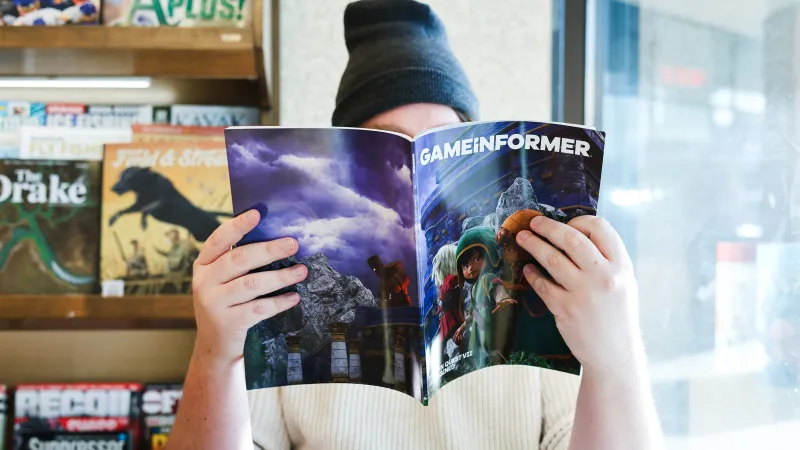
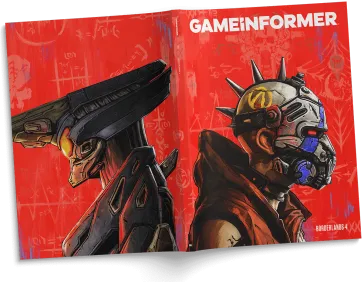

Subscribe And Get More
- Print + Digital (10 issues/yr)
- Exclusive Web Features
- Fewer Ads
- 5% Supports St. Jude
- 360+ Archived Magazines
2025 has been a big year for the team here at Game Informer, and we're incredibly grateful to all of you who have chosen to explore our content here on the site, and especially to those who have taken the leap to subscribe to the magazine. As we round out the year in which we relaunched Game Informer, we're happy to share a new milestone: Game Informer is now available at newsstands across the U.S, as well as in select locations internationally.
Beginning with our December issue featuring Dragon Quest VII Reimagined on the cover, readers can now visit local stores where magazines are sold and snag a new copy off the shelf.
Even as the list continues to expand, this first issue is available in the United States at Barnes & Noble, Books a Million, GameStop, and Gelson's, among other local markets. We are also excited to be appearing for the first time in several international locations, including magazine merchants in the United Kingdom, Australia, the Netherlands, Sweden, Germany, Austria, Portugal, Italy, Greece, Cyprus, Hungary, Turkey, the United Arab Emirates, Thailand, and Japan. Starting in January, the magazine will also appear on newsstands in Canada, France, Spain, and Poland.
We'll be expanding the scope of where you can find Game Informer Magazine over the coming months across newsstands, game stores, and more.
If you're already subscribed, nothing will change about the magazine – we will continue to offer exclusive and in-depth insight into the biggest games, creators, and stories happening around the industry, alongside previews, reviews, and more. For readers who want to try out a single issue first, the newsstand edition will offer that same editorial content.
If you haven't yet subscribed to the magazine, we hope it gives you a chance to page through and see the kinds of games we're featuring, the gorgeous layouts, and the work we put in to ensure each issue enriches your gaming hobby. You can click on the banner on this page or follow this link to subscribe today for a host of benefits: 10 issues a year including our end-of-year XL-sized Special Edition, comprehensive digital magazine access to over 370 issues going back to our very first release in 1991, exclusive web features, fewer ads, and the great feeling that comes with knowing 5% of your subscription purchase directly supports St. Jude Children's Research Hospital.
If you enjoy what we do, we'd invite you to consider picking up an issue for a friend or family member for holiday gifting. The word of mouth and support you can share about Game Informer's return is deeply appreciated.
For more information about our newsstand launch, please consider signing up for an account to subscribe to our newsletter, where we regularly share details on what you can look forward to reading in each issue.
Thanks for being a part of our community.
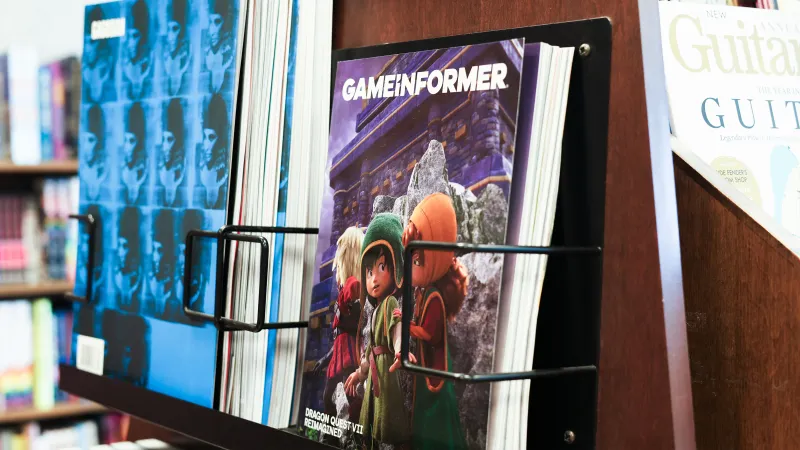
Game Informer Is Coming To Newsstands



Subscribe And Get More
- Print + Digital (10 issues/yr)
- Exclusive Web Features
- Fewer Ads
- 5% Supports St. Jude
- 360+ Archived Magazines
2025 has been a big year for the team here at Game Informer, and we’re incredibly grateful to all of you who have chosen to explore our content here on the site, and especially to those who have taken the leap to subscribe to the magazine. As we round out the year in which we relaunched Game Informer, we’re happy to share a new milestone that’s on the way in the coming weeks: You’ll soon find Game Informer available at newsstands across the U.S, as well as in select locations internationally.
Beginning with our December issue featuring Dragon Quest VII Reimagined on the cover, readers will be able to visit local stores where magazines are sold and snag a new copy off the shelf.
Even as the list continues to expand, this first issue will be available in the United States at Barnes & Noble, Books a Million, GameStop, and Gelson's, among other local markets. We are also excited to be appearing for the first time in several other international locations, including magazine merchants in the United Kingdom, Australia, the Netherlands, Sweden, Germany, Austria, Portugal, Italy, Greece, Cyprus, Hungary, Turkey, the United Arab Emirates, Thailand, and Japan. Starting in January, the magazine will also appear on newsstands in Canada, France, Spain, and Poland.
We’ll be expanding the scope of where you can find Game Informer Magazine over the coming months across newsstands, game stores, and more.
If you’re already subscribed, nothing will change about the magazine – we will continue to offer exclusive and in-depth insight into the biggest games, creators, and stories happening around the industry, alongside previews, reviews, and more. For readers who want to try out a single issue first, the newsstand edition will offer that same editorial content.
If you haven’t yet subscribed to the magazine, we hope it gives you a chance to page through and see the kinds of games we’re featuring, the gorgeous layouts, and the work we put in to ensure each issue enriches your gaming hobby. You can click on the banner on this page or follow this link to subscribe today for a host of benefits: 10 issues a year including our end-of-year XL-sized Special Edition, comprehensive digital magazine access to over 370 issues going back to our very first release in 1991, exclusive web features, fewer ads, and the great feeling that comes with knowing 5% of your subscription purchase directly supports St. Jude Children's Research Hospital.
You can expect to see the first issue arrive in stores this December; if you enjoy what we do, we’d invite you to consider picking up an issue for a friend or family member for holiday gifting. The word of mouth and support you can share about Game Informer’s return is deeply appreciated.
For more information about our newsstand launch, please consider signing up for an account to subscribe to our newsletter, where we'll share additional details in the coming weeks about pricing and availability as the issue arrives in stores.
Thanks for being a part of our community.

Breaking Down The Party Members Of Dragon Quest VII Reimagined
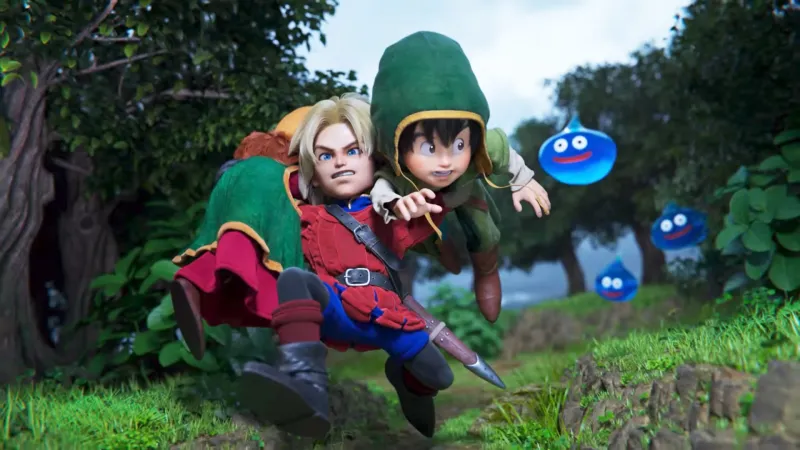
Dragon Quest VII Reimagined is Square Enix's second crack at remaking the original 2001 Dragon Quest VII, and though it features a lot of changes that you can read about in Game Informer's Dragon Quest VII Reimagined cover story. But, despite the changes, some things remain; namely, your party in Reimagined. When all is said and done, it will still consist of Hero, Maribel, Prince Kiefer (who are front and center on our latest magazine cover), Ruff, Aishe, and Sir Mervyn.
To get you primed for Reimagined, we spoke to the game's lead scenario writer, Sayaka Takagi, and producer Takeshi Ichikawa about each of these party members, and below, we'll list out everything she told us about them.
Meet Your Dragon Quest VII Reimagined Party
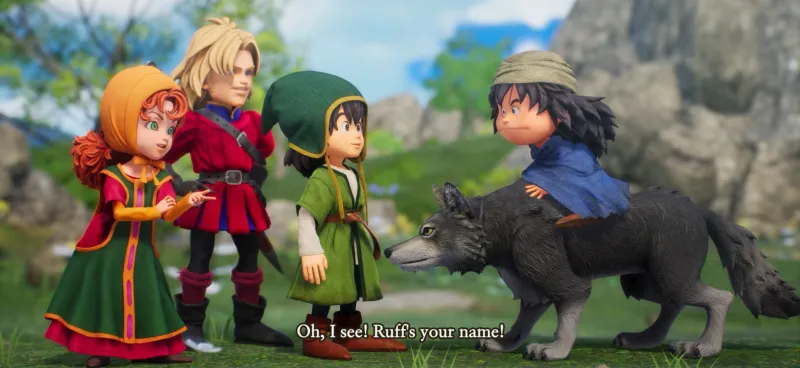
Hero
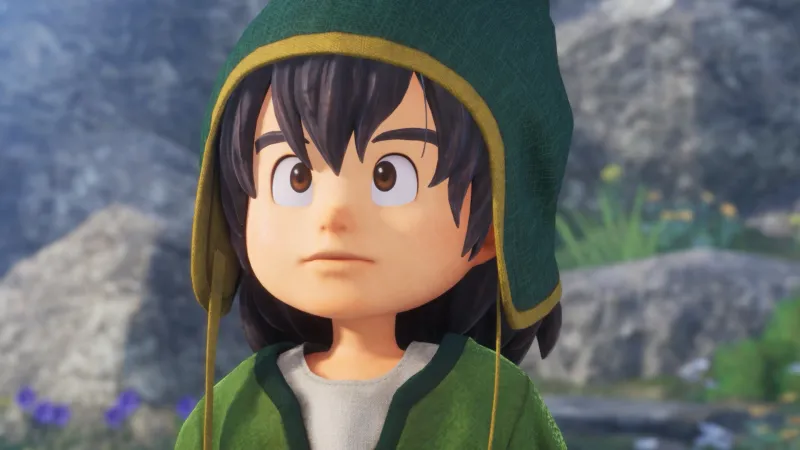
Like every Dragon Quest, Reimagined’s protagonist is named Hero, and in this quest, he’s the son of a fisherman in Pilchard Bay on the island of Estard. The majority of his personality will be shaped by how you respond in dialogue. He wants to be the fisherman his father and mother want him to be, but he’s not quite ready to do so…almost as if a different adventure is calling after him.
"So one thing I had in mind, and perhaps this might not be the nicest thing to say about the character, is that we wanted to make him as normal as possible, the average Joe, like the blank slate that you described," Ichikawa tells me. "We just wanted [Hero] to be more normal – average – than any of the other heroes in Dragon Quest VII Reimagined."
Prince Kiefer
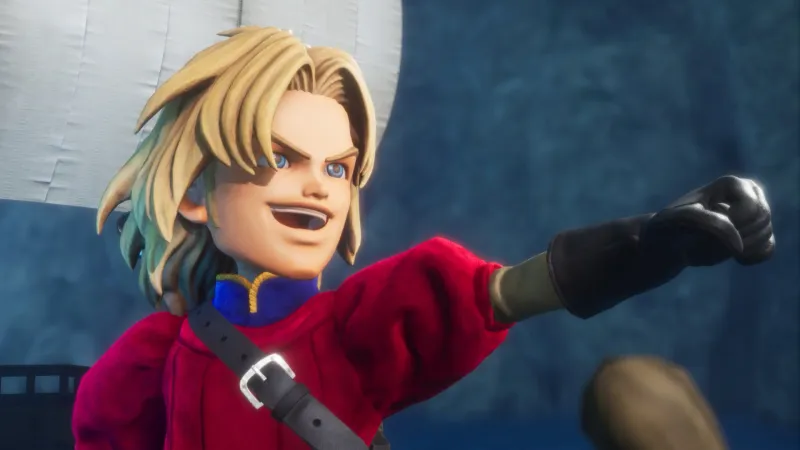
Kiefer is the Prince of the Kingdom of Estard and Hero’s childhood best friend. Despite his royal background, Kiefer is desperate to find a purpose in life (ideally away from a throne). He often lures Hero into questionable situations, but his heart is in the right place. He makes a great Warrior in combat.
"So Kiefer is actually a pretty naïve boy," Ichikawa says. "People might think otherwise, but he's actually someone who's always envious of others, and the reason why is because he's also someone who yearns to become someone – he wants purpose in his life. But despite that, he's promised a lot of power because of his upbringing as a prince, and he's from royalty. But even with that, he doesn't feel like he's serving his purpose; he doesn't feel like he's anyone special, so he's always thinking about other people that he wants to become.
"That kind of personality is reflected in his dialogue. Considering he's a prince from a royal family, you would think he might speak in a well-mannered fashion, but he doesn't actually speak that way. He speaks a lot more casually."
Maribel Mayde
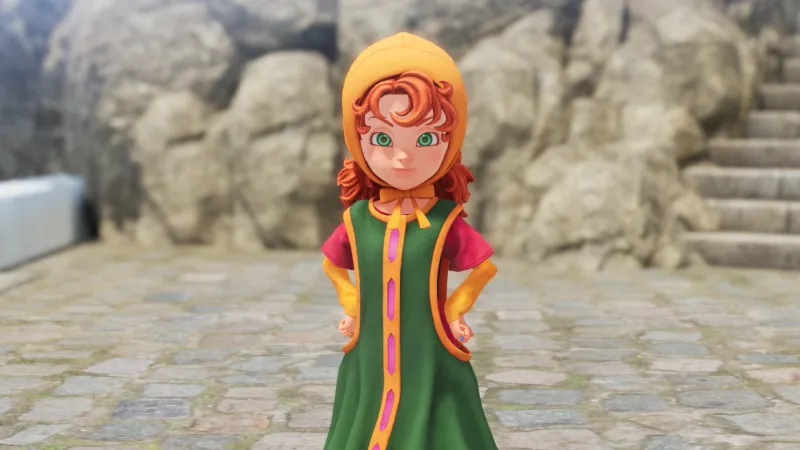
The daughter of Pilchard Bay’s mayor, Maribel Mayde is cute and adorable, with a bit of edge reflected in the jokes and hard times she lobs at Hero. Still, she’s a reliable partner on your journey and grows to become someone who cares for the world around her (including the rest of the party). She’s also an excellent Priestess and Mage, though she, like the rest of the party, can slot into any vocation the player wishes.
"Maribel is a very cute girl, just such an adorable character," Takagi tells me while reflecting on what she's learned about this character upon reflection during the development of Reimagined. "I was pretty young when I played the original version, in elementary school, and back then, I just always felt like she's a mean girl, and loud. She gets angry at the protagonist all the time, so I didn't really have a good impression of her back then. But revisiting the game as an adult and actually getting to understand her as a person, as a character, she's actually very supportive of the protagonist. She encourages you, she uplifts you, and she's a reliable partner who is essential to the journey of the party.
"I have found a new appreciation for her character. [...] One thing I can speak to about writing her dialogue is that Maribel tends to say a lot of things most people wouldn't. This applies to other staff members who contributed to the scenario writing, but a lot of them share this same sentiment: writing her dialogue actually feels nice, because you get to say things you would want to say but can't really say."
Ruff
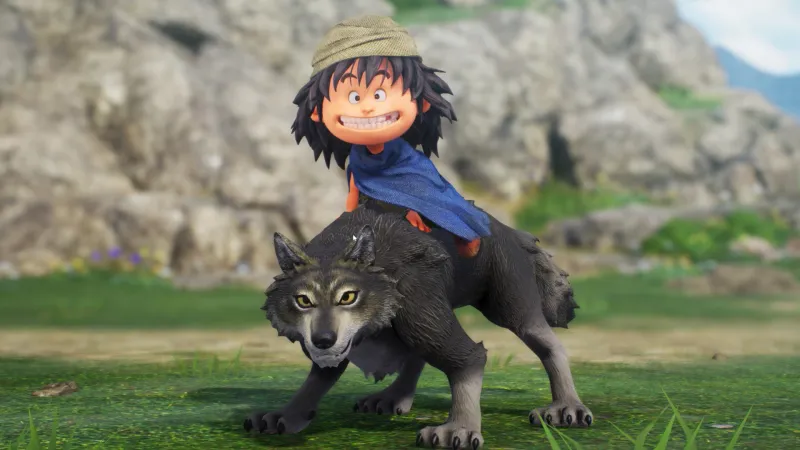
Ruff is a cheerful, pure-hearted boy, and he is always accompanied by a wolf that also helps in combat. Though sometimes naïve, he possesses animal-like instincts, not unlike Akira Toriyama’s Goku. He cruises around the oceans surrounding Estard with Hero and the rest of the party with an eye toward the horizon, and he’s a great Martial Artist fighter, too.
"There's a certain wild element with that character," Ichikawa says. "In the Japanese version, it leans [into] his pure side and personality. And he's someone that you want to protect because of his pureness. So we really leaned [into] that element and his dialogue; he's really cute and adorable, too."
Aishe

Aside from Sir Mervyn, Aishe is the eldest member of Hero’s party. As such, she’s reliable and adept at combat. She’s a high-ranking Roamer in the world of Reimagined, which explains both the apparent sexiness Toriyama instilled in her design and the class with which she carries herself. She hits hard in combat, but works well as the playful Dancer, Troubadour, or Jester, too.
"One of the main components of Aishe is that she is supposed to be this reliable person, but also an attractive woman too," Takagi tells me. "Aside from Sir Mervyn, she's the eldest member of the party, and she's a reliable member of the group for the younger party members. There's definitely a sexiness as well – she is supposed to have a high rank among the Roamers, so she has an element of class, too."
Sir Mervyn
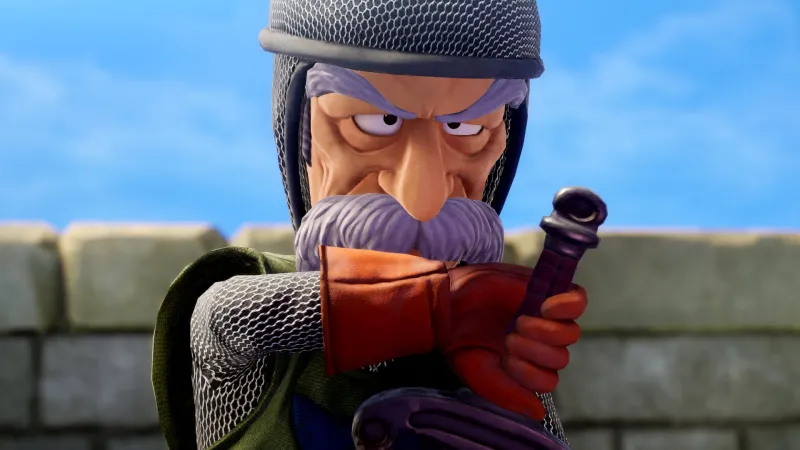
Without spoiling much of what you’ll learn about Sir Mervyn in Reimagined, he’s a paladin from the past, sealed within a special stone awaiting the next fight he’s needed in. Fortunately, it’s Hero who releases him and enlists him to help on their present-day adventure. He’s a mighty Paladin, but any mix of melee and magic will be successful for him.
Ichikawa and Takagi wouldn't share too much about Sir Mervyn, and if you are familiar with Dragon Quest VII, you can probably imagine why, but I recommend you check out this feature on colloquialism in Dragon Quest VII Reimagined for more insight into how the team developed this version of the character.
We'll learn more about this party in Dragon Quest VII Reimagined when it launches on February 5 on PlayStation 5, Xbox Series X/S, Switch 2, Switch, and PC.
In the meantime, check out this article breaking down everything in the Dragon Quest VII Reimagined issue of Game Informer, and be sure to subscribe here if you haven't yet so you can access the Dragon Quest VII Reimagined cover story, our deep dive into Dragon Quest history with creator Yuji Horii, and so much more. Here are some other stories to check out:
- Dragon Quest VII Reimagined Will Have A New Never-Before-Seen Conclusion
- Who Is Takeshi Ichikawa, The Producer Of Dragon Quest VII Reimagined?
- Here's How The Dragon Quest VII Reimagined Team Streamlined Its Main Scenario
- How The New Voice Over Affected Dragon Quest VII Reimagined
Who is your favorite Dragon Quest VII party member? Let us know in the comments below!
Here Are The Nominees For The Game Awards 2025
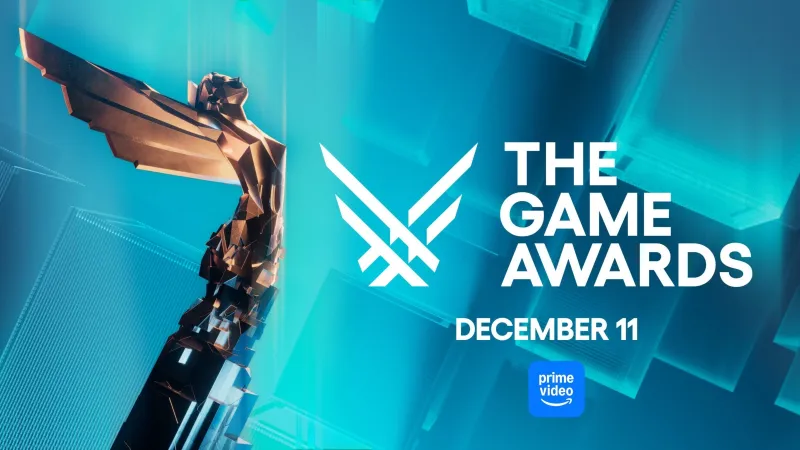
Update - 11/19/2025: Megabonk has been removed from the Best Debut Indie category following the voluntary withdrawal by developer, Vedinad. You can read more about that story here. This list of nominees has been updated accordingly, which you can read below.
Original Story: The nominees for The Game Awards 2025 have been revealed, courtesy of host Geoff Keighley in a special broadcast. The event, which airs live on YouTube and Twitch on December 11 starting at 4:30 p.m. PT/7:30 p.m. ET, will honor the year’s best and brightest, and we now know the games vying for top honors.
Here is the full list of nominees:
Game of the Year
Clair Obscur: Expedition 33
Death Stranding 2: On the Beach
Donkey Kong Bananza
Hades II
Hollow Knight: Silksong
Kingdom Come: Deliverance II
Best Game Direction
Clair Obscur: Expedition 33
Death Stranding 2: On the Beach
Ghost of Yōtei
Hades II
Split Fiction
Best Narrative
Clair Obscur: Expedition 33
Death Stranding 2: On the Beach
Ghost of Yōtei
Kingdom Come: Deliverance II
Silent Hill f
Best Art Direction
Clair Obscur: Expedition 33
Death Stranding 2: On the Beach
Ghost of Yōtei
Hades II
Hollow Knight: Silksong
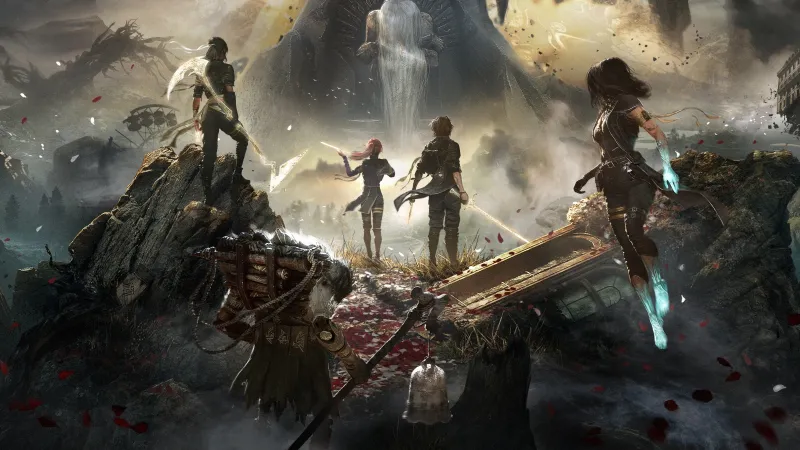 Clair Obscur: Expedition 33
Clair Obscur: Expedition 33
Best Score & Music
Christopher Larkin - Hollow Knight: Silksong
Darren Korb - Hades II
Lorien Testard - Clair Obscur: Expédition 33
Toma Otowa - Ghost of Yōtei
Woodkid & Ludvig Forssell - Death Stranding 2: On the Beach
Best Audio Design
Battlefield 6
Clair Obscur: Expedition 33
Death Stranding 2: On the Beach
Ghost of Yōtei
Silent Hill f
Best Performance
Ben Starr as Verso - Clair Obscur: Expedition 33
Charlie Cox as Gustave - Clair Obscur: Expedition 33
Erika Ishii as Atsu - Ghost of Yōtei
Jennifer English as Maelle - Clair Obscur: Expedition 33
Konatsu Kato as Shimizu Hinako - Silent Hill f
Troy Baker as Indiana Jones - Indiana Jones and the Great Circle
Best Independent Game
Absolum
Ball x Pit
Blue Prince
Clair Obscur: Expedition 33
Hades II
Hollow Knight: Silksong
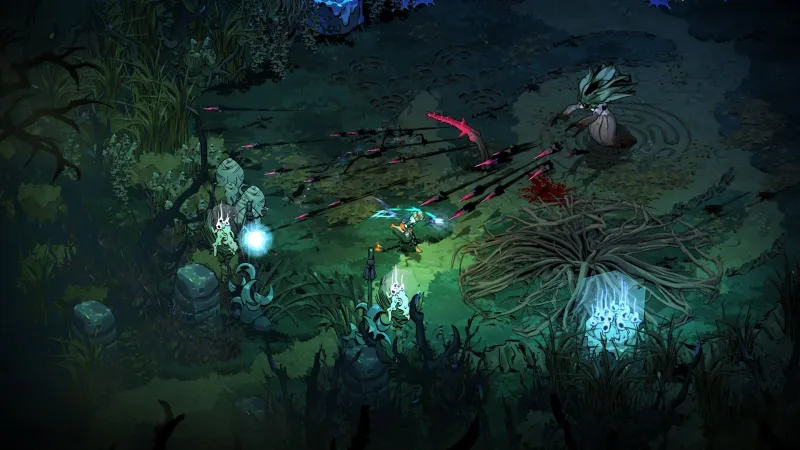 Hades II
Hades II
Best Debut Indie Game
Blue Prince
Clair Obscur: Expedition 33
Despelote
Dispatch
Games For Impact
Consume Me
Despelote
Lost Records: Blooom & Rage
South of Midnight
Wanderstop
Best Action Game
Battlefield 6
Doom: The Dark Ages
Hades II
Ninja Gaiden 4
Shinobi: Art of Vengeance
Best Action/Adventure Game
Death Stranding 2: On the Beach
Ghost of Yōtei
Hollow Knight: Silksong
Indiana Jones and the Great Circle
Split Fiction
 Kingdom Come: Deliverance II
Kingdom Come: Deliverance II
Best Role-Playing Game
Avowed
Clair Obscur: Expedition 33
Kingdom Come: Deliverance II
Monster Hunter Wilds
The Outer Worlds 2
Best Sim/Strategy Game
The Alters
Final Fantasy Tactics – The Ivalice Chronicles
Jurassic World Evolution 3
Sid Meier’s Civilization VII
Tempest Rising
Two Point Museum
Best Fighting Game
2XKO
Capcom Fighting Collection 2
Fatal Fury: City of the Wolves
Mortal Kombat Legacy Kollection
Virtua Fighter 5 R.E.V.O. World Stage
Best Family Game
Donkey Kong Bananza
Lego Party!
Lego Voyagers
Mario Kart World
Sonic Racing: CrossWorlds
Split Fiction
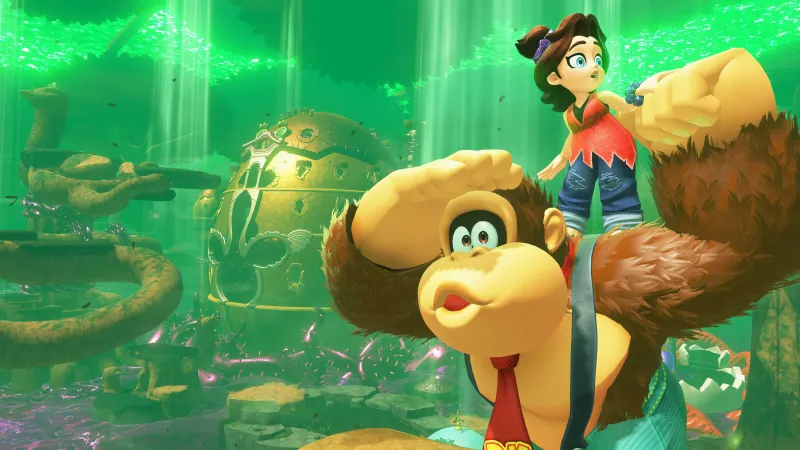 Donkey Kong Bananza
Donkey Kong Bananza
Best Sports/Racing Game
EA Sports FC 26
F1 25
Mario Kart World
Rematch
Sonic Racing: CrossWorlds
Best Multiplayer
ARC Raiders
Battlefield 6
Elden Ring Nightreign
Peak
Split Fiction
Best Ongoing Game
Final Fantasy XIV
Fortnite
Helldivers 2
Marvel Rivals
No Man’s Sky
Best Community Support
Baldur’s Gate 3
Final Fantasy XIV
Fortnite
Helldivers 2
No Man’s Sky
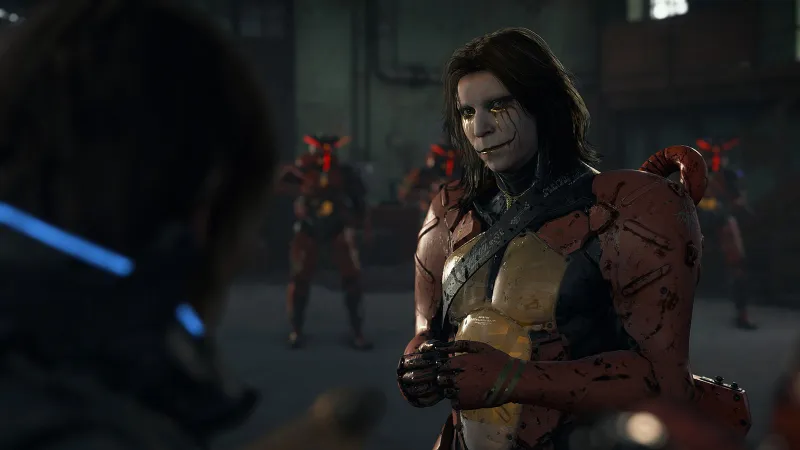 Death Stranding 2: On the Beach
Death Stranding 2: On the Beach
Best VR/AR Game
Alien: Rogue Incursion
Arken Age
Ghost Town
Marvel’s Deadpool VR
The Midnight Walk
Best Mobile Game
Destiny Rising
Persona 5: The Phantom X
Sonic Rumble
Umamusume Pretty Derby
Wuthering Waves
Innovation in Accessibility
Assassin’s Creed Shadows
Atomfall
Doom: The Dark Ages
EA Sports FC 25
South of Midnight
Best Adaptation
A Minecraft Movie
Devil May Cry
Splinter Cell: Deathwatch
The Last of Us Season 2
Until Dawn
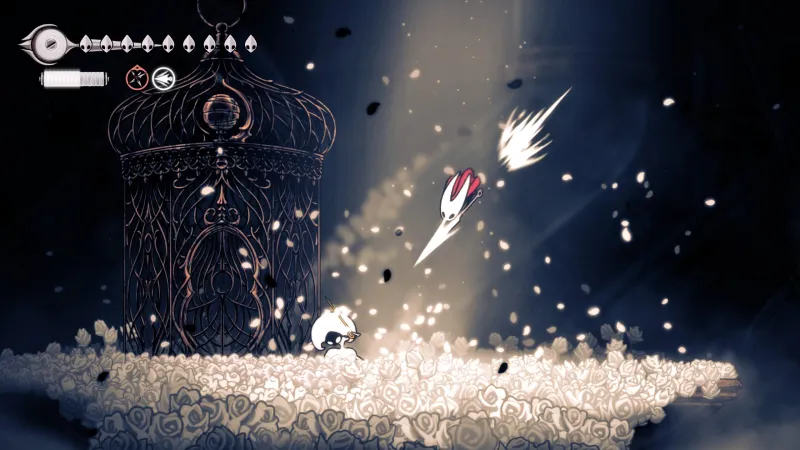 Hollow Knight: Silksong
Hollow Knight: Silksong
Best Esports Game
Counter-Strike 2
Dota 2
League of Legends
Mobile Legends: Bang Bang
Valorant
Best Esports Athlete
Brawk
Chovy
Forsaken
Kakeru
Menard
Zywoo
Best Esports Team
Gen.G (League of Legends)
NRG (Valorant)
Team Falcons (Dota 2)
Team Liquid PH (Mobile Legends: Bang Bang)
Team Vitality (Counter-Strike 2)
Content Creator of the Year
Caedrel
Kai Cenat
MoistCr1TiKaL
Sakura Miko
The Burnt Peanut
Most Anticipated Game
007 First Light
Grand Theft Auto VI
Marvel’s Wolverine
Resident Evil Requiem
The Witcher IV
Xbox Partner Preview Will Feature New Looks At 007 First Light, Tides Of Annihilation, Reanimal, And More This Week
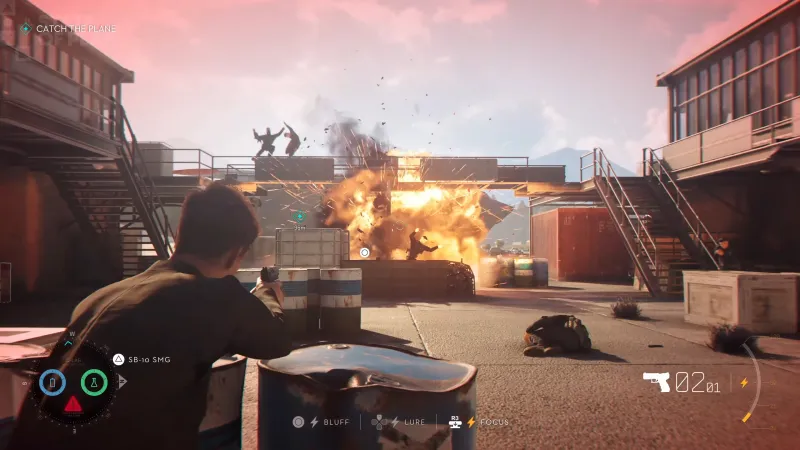
Xbox has announced a Partner Preview for this week, which will feature updates for new and upcoming titles from third-party studios. The presentation will air on Thursday, November 20, at 10:00 a.m. PT / 1:00 p.m. ET.
An Xbox Wire post confirms the presentation will feature new trailers for titles such as IO Interactive’s James Bond game 007 First Light, Little Nightmare developer Tarsier Studio’s horror platformer Reanimal, and the dark fantasy action game Tides of Annihilation, which turned heads when it debuted during a PlayStation State of Play in February. Xbox also states the Partner Showcase includes titles from publishers THQ Nordic and Tencent, along with new reveals and Game Pass announcements.
For more recent Xbox news, check out the announcement for Halo: Campaign Evolved, the release date for the long-awaited ID@Xbox title Routine, and our reviews for Xbox-published titles The Outer Worlds 2 and Ninja Gaiden 4.